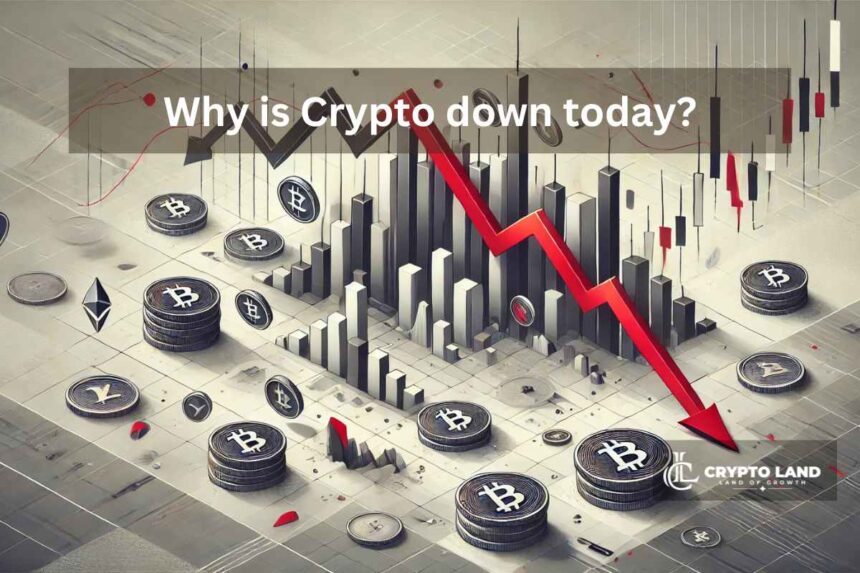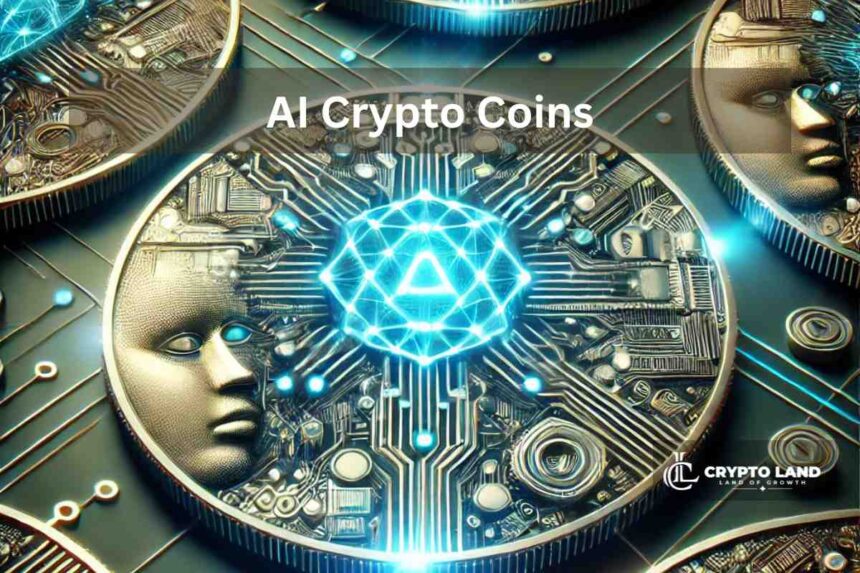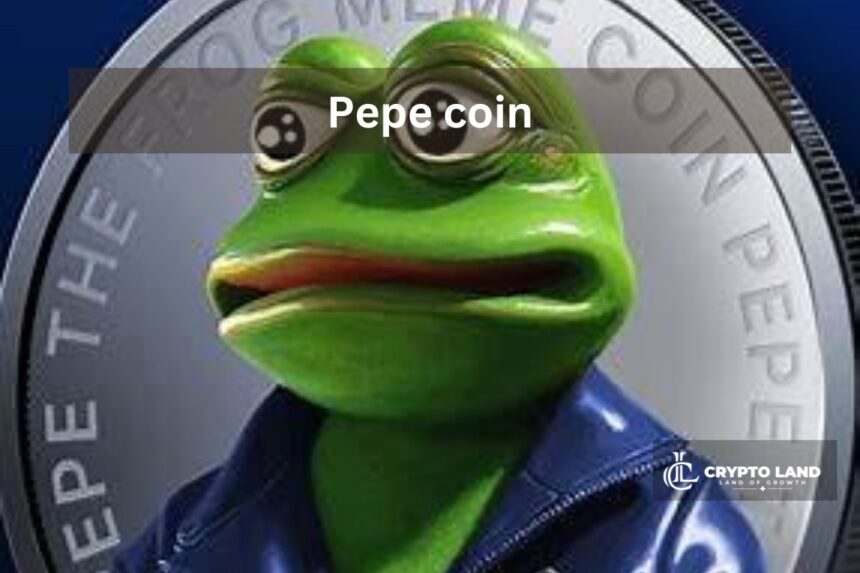Key Takeaways
- Over the years, Ethereum has made significant progress and currently stands as the second-largest blockchain network globally.
- Vitalik Buterin was the mastermind behind its creation, after hearing about Bitcoin in 2011 at just 19 years of age.
- Buterin collaborated with scientists and entrepreneurs, including Charles Hoskinson, Gavin Wood, and many more, to create Ethereum (ETH).
- Ethereum was launched in August 2014 via ICO at just $0.31 per token.
- ETH continues to solidify its position as one of the most prominent blockchain networks in the crypto space.
Ethereum is now the second-largest cryptocurrency by market cap.
The growth of this network over the years came from its position as the most important contributor to the ongoing blockchain revolution, after being the first to introduce a very important concept:
Smart Contracts.
These smart contracts birthed the era of Decentralized applications, and over the years, several blockchain use cases have popped up on the network—including decentralized finance, NFTs, lending and so much more.
But who were the masterminds of this interesting technology?
Let’s find out
The Genesis of Ethereum
The average person in the blockchain space would have heard of Vitalik Buterin at some point.
It so happens that the Ethereum story starts with this man—a Russian-Canadian programmer who first heard of Bitcoin in 2011, a year or two after its creation.
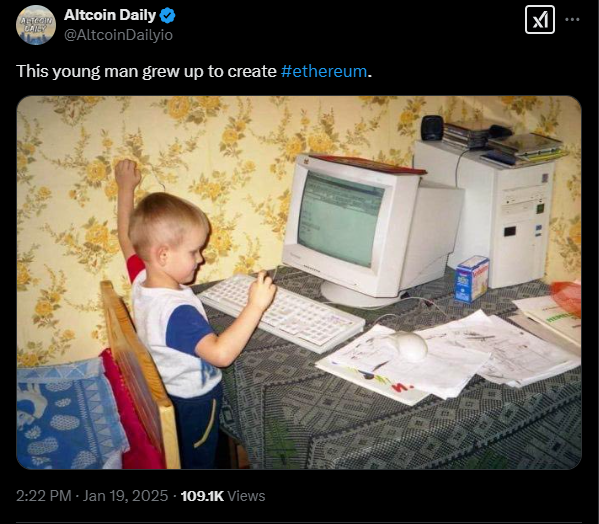
Buterin was initially skeptical of Bitcoin but soon became fascinated by this new technology.
He believed strongly in how much potential it had to completely change the world of finance.
Buterin went further to immerse himself into the Bitcoin ecosystem and later co-founded the Bitcoin Magazine while contributing to various projects.
Soon after this, however, the “problems” with the Bitcoin network began to present themselves.
Buterin realized that the Bitcoin network was great, but it could be so much more.
He thus began to envision a blockchain platform, much like Bitcoin.
The only difference is that this new platform would serve more purposes than mere financial applications.
Instead, it would support little bits of programs called smart contracts, on which developers could build decentralized applications.
This vision led to the birth of ETH.
The ETH network launched its native token ($ETH) in August 2014 through an initial coin offering (ICO).
Around 50 million ETH were sold for $0.31 per coin and raised over $16 million.
Fast forward to today, and ETH trades at around $2,700 after reversing from an all-time high of $4,900
The Co-founders and Visionaries
Buterin soon began to discuss his vision with a group of like-minded individuals who would go on to become co-founders of ETH.
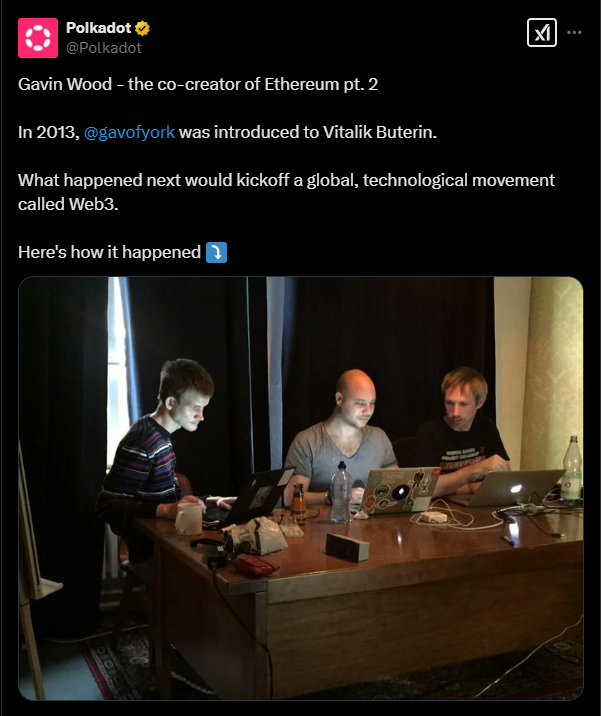
This lineup included personalities like Mihai Alisie, co-founder of Bitcoin Magazine, and Anthony Di Iorio, a popular figure in the Canadian crypto scene.
Others include cryptography expert Amir Chetrit, mathematician Charles Hoskinson (who is also the founder of Cardano), computer scientist Gavin Wood, software developer Jeffery Wilke and entrepreneur Joseph Lubin.
Lubin is the founder of ConsenSys, which is one of the biggest software companies focused on building Dapps on the Ethereum network.
The Ethereum Foundation and Early Challenges
All of the aforementioned co-founders came together to establish the ETH Foundation:
This foundation was presented as a non-profit organization based in Switzerland.
So far, the organization has played a major role in funding things like research, development, community building and so much more in the ETH ecosystem.
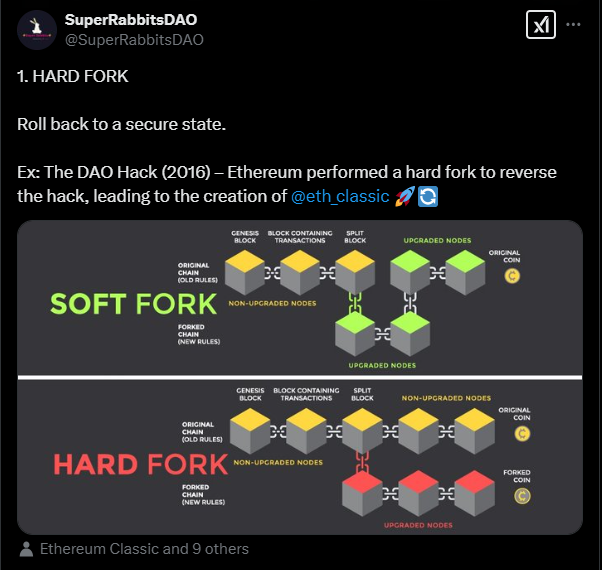
Despite the brilliant scientists behind Ethereum and the ETH Foundation, however, the early days of the network weren’t without challenges.
For example, 2016 saw The DAO get hacked.
The DAO was a decentralized autonomous organization which was hacked for millions of dollars worth of ETH.
This incident was one of the biggest setbacks to the growth of the ETH community and eventually led to the hard fork that split the mainnet into Ethereum and Ethereum Classic.
The Merge
Soon after this hack, Ethereum underwent a major upgrade known as “The Merge” in 2022.
Before this, Ethereum had been similar to Bitcoin in that both ran on the proof-of-work (PoW) consensus mechanism (which is highly energy-intensive and expensive to maintain).
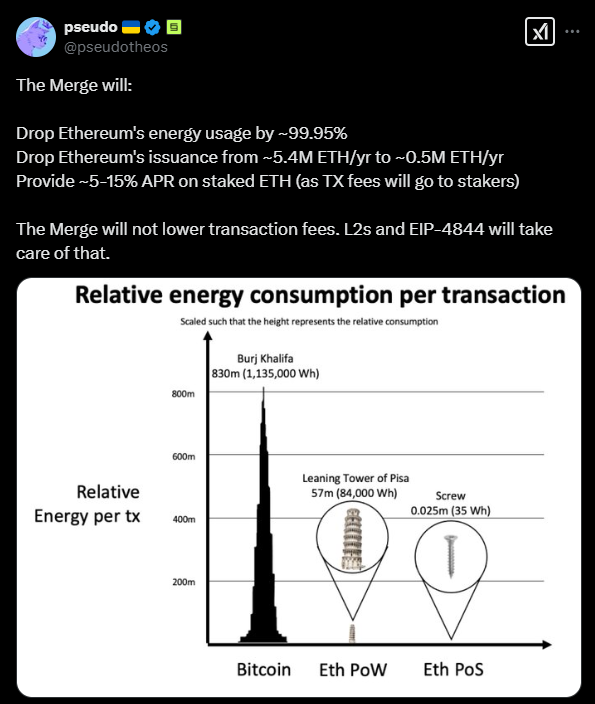
The Merge converted Ethereum’s consensus from Proof of Work to Proof of Stake (PoS) and reduced its energy consumption by as much as 98%.
The merge marked one of the biggest milestones in the future of Ethereum and paved the way for future upgrades.
Ethereum’s Impact on the Rest of the World.
Ethereum’s influence has reached far beyond the tech space.
Its infrastructure has so far been adopted by governments and corporations, not to mention individuals worldwide who now use its services for a variety of purposes.
China, for example, has a vast community of developers who continue to build applications on its platform.
This is despite the country’s cautious optimism and ICO/exchange restrictions.
Russia also has some important inroads for Ethereum and other cryptocurrencies, with Vitalik Buterin’s Russian heritage playing a major role in the network’s growth.
Philanthropy and Recognition
Further than technology, Vitalik Buterin is also a well-known philanthropist.
He has made several contributions to the tech and non-tech spaces, including the COVID-19 efforts in India, Ukraine aid, and donations of more than half a billion dollars to the Future of Life Institute.

These efforts have earned him several accolades, including the Thiel Fellowship and the World Technology Network (WTN) prize for IT software.
The Future of Ethereum
Overall, Ethereum’s journey is far from over.
The platform continues to evolve and is on the verge of ongoing research and development.
As the Ethereum ecosystem continues to grow and become more stable, it is bound to play an even bigger role in shaping the future of technology alongside Bitcoin.





